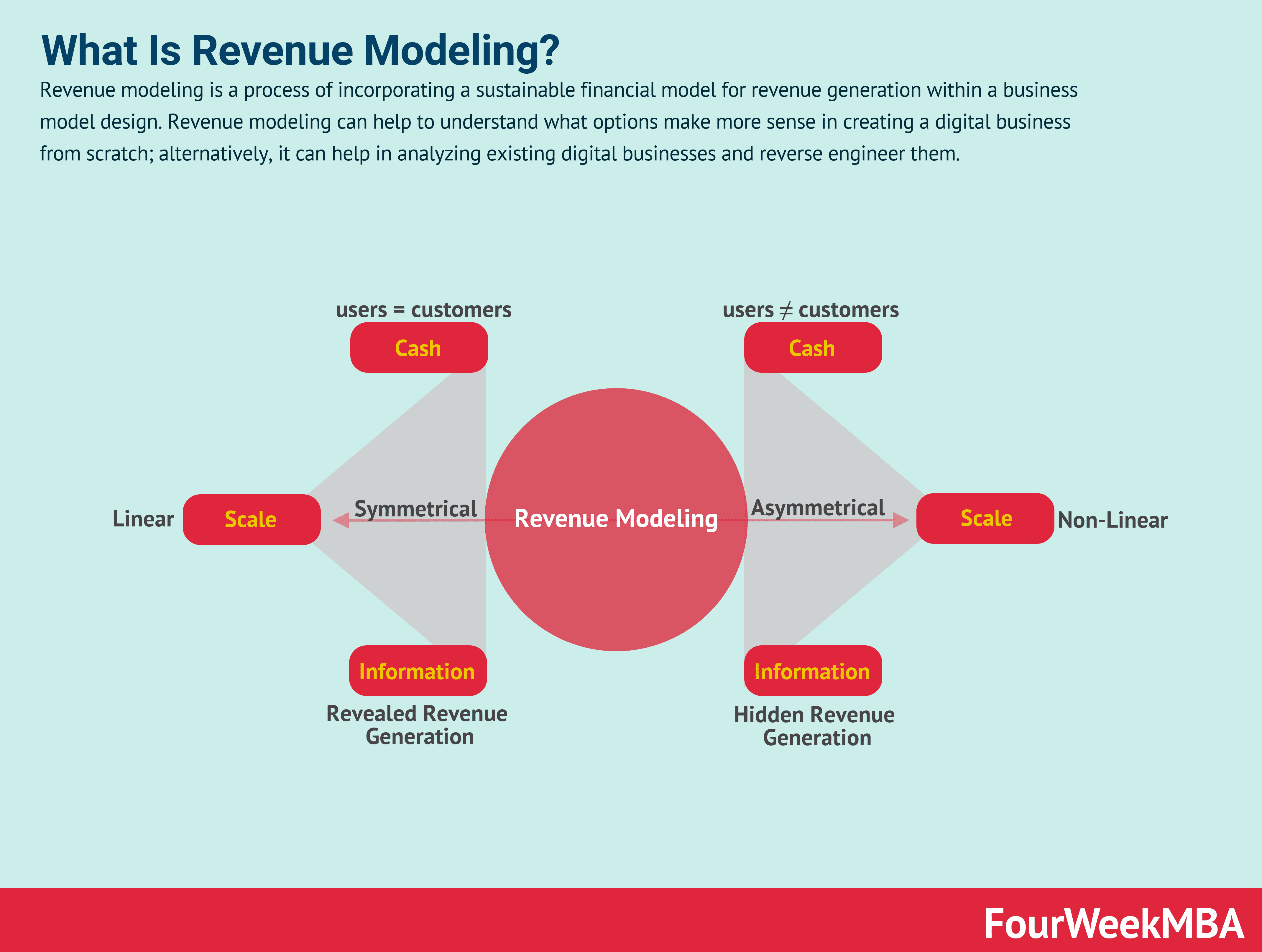Getty Images is a powerhouse in the world of visual content, providing high-quality images, videos, and music for various industries. Founded in 1995, this company has become synonymous with stock photography. With a vast library of over 200 million assets, Getty serves clients from small businesses to major corporations, helping them tell their stories through captivating visuals. The appeal of Getty Images lies not just in the quantity but the quality of their content, making it a go-to resource for marketers, publishers, and creatives alike.
The Business Model of Getty Images

Getty Images operates on a multifaceted business model that combines traditional stock photo sales with innovative digital solutions. Let’s break it down:
- Licensing Fees: Getty primarily earns revenue by charging licensing fees for the use of its images and videos. Clients can choose from various pricing tiers based on usage rights, resolution, and exclusivity. This model ensures that photographers are compensated fairly while providing clients with the flexibility they need.
- Subscription Services: Getty offers subscription plans that allow businesses to access a range of images for a set monthly fee. This model is particularly appealing for companies that require a steady stream of content, as it simplifies budgeting and access.
- Custom Solutions: Beyond standard licensing, Getty caters to large enterprises with custom solutions. These can include tailored collections, exclusive content, and dedicated account management, offering a personalized touch that adds value for high-volume users.
Additionally, Getty Images has embraced technology to enhance its offerings:
- AI and Search Technology: Advanced AI tools help clients find the perfect image faster. Their robust search functionality includes features like keyword recommendations and visual recognition, making it easier to discover relevant assets.
- Partnerships and Collaborations: Getty has aligned with various platforms, including social media and e-commerce sites, to expand its reach. By integrating its content into popular tools, they ensure accessibility for users across different channels.
In today’s fast-paced digital landscape, Getty Images continues to adapt its business model to meet evolving client needs. By balancing traditional licensing with innovative solutions and technology, Getty is not only securing its revenue streams but also positioning itself as a leader in the visual content industry.
Also Read This: Assessing the Safety of Using 123RF for Your Creative Projects
3. Revenue Streams for Getty Images
Getty Images operates a multifaceted business model that generates revenue through several key streams. Understanding these revenue streams helps to appreciate how the company maintains its position as a leader in the visual content industry.
1. Licensing Fees: The primary revenue stream for Getty Images comes from licensing its vast collection of images, videos, and music. Clients—ranging from major corporations and advertising agencies to small businesses—pay fees to access and use high-quality visuals. These fees can vary significantly based on factors like:
- The type of license (rights-managed vs. royalty-free)
- The intended use (commercial vs. editorial)
- The duration of the license
- The geographic distribution of the content
For example, a large corporation might pay thousands of dollars for exclusive rights to a specific image, while a small blog could secure a royalty-free image for as little as $50.
2. Subscriptions: Getty also offers subscription models that provide businesses with a steady stream of content for a recurring fee. This approach is especially attractive for companies that require a high volume of images regularly. Subscriptions can include:
- Monthly packages with a set number of downloads
- Annual contracts for bulk purchases
This model not only ensures consistent cash flow but also fosters customer loyalty as clients become accustomed to the convenience of regular access to visuals.
3. Partnerships and Collaborations: Getty Images often collaborates with brands and media outlets, creating unique content tailored to specific campaigns. These partnerships can lead to substantial revenue, as businesses are willing to invest in custom imagery that aligns closely with their marketing goals.
4. Events and Sponsorships: Getty Images also monetizes through high-profile events, exhibitions, and sponsorships. By showcasing their library and expertise at various industry events, they not only generate direct revenue but also enhance brand visibility, attracting potential clients.
Overall, Getty Images' diverse revenue streams create a robust financial foundation, allowing the company to adapt to changing market dynamics while continuously expanding its offerings.
Also Read This: How to Sell Your Images on Getty
4. Impact of Licensing on Getty Images' Earnings
The licensing model is at the heart of Getty Images' business strategy and has a profound impact on the company's overall earnings. By allowing clients to use their content legally, Getty not only generates significant income but also establishes a framework that drives innovation and content creation.
1. Flexible Licensing Options: Getty Images offers various licensing options, including rights-managed and royalty-free licenses. Rights-managed licenses tend to generate higher revenue, particularly for exclusive or high-demand images. The flexibility in licensing empowers clients to select options that best suit their needs, enhancing customer satisfaction and loyalty.
2. Global Reach: With a vast international client base, Getty Images benefits from the global demand for visual content. The company's ability to cater to diverse markets ensures that it can tap into different pricing strategies based on regional preferences and purchasing power. This global approach amplifies earnings significantly.
3. Digital Transformation: With the rise of digital media, the demand for high-quality visuals has skyrocketed. Getty Images has embraced this trend by optimizing its licensing processes through technology—making it easier for clients to search for and acquire content. This digital transformation has streamlined operations and boosted revenue by enabling quicker transactions.
4. Legal Protection: Effective licensing also safeguards Getty Images against copyright infringement. By providing legal avenues for content use, they protect their assets and maintain a strong revenue stream. Clients who prefer to use images without licensing risk legal repercussions, further driving business toward Getty's legitimate offerings.
In summary, licensing is not just a revenue stream for Getty Images; it’s a strategic pillar that supports their business model. By leveraging flexible options, global reach, and cutting-edge technology, Getty Images has positioned itself as a leader in the visual content market, enhancing its earnings in a competitive landscape.
Also Read This: Tool to Download Shutterstock Images for Free
5. Market Trends Affecting Getty Images' Revenue
When it comes to understanding Getty Images' revenue, it's essential to look at the market trends that influence the stock photography industry. Several factors are shaping how Getty Images operates and generates income.
First up, let's talk about the shift to digital content. With the rise of social media and digital marketing, there’s a growing demand for high-quality images. Businesses are increasingly aware that captivating visuals can significantly enhance their online presence. This shift means Getty Images has more opportunities to sell its extensive library of photos, videos, and illustrations.
Next, we have the subscription model. Many companies are moving away from one-off purchases and opting instead for subscription services. Getty Images has adapted to this trend by offering subscription plans that allow users to access a set number of images each month for a fixed fee. This not only encourages consistent revenue but also helps in retaining customers by providing them with a continuous stream of content.
Another critical trend is user-generated content (UGC). While Getty Images traditionally focused on professional photographers, the rise of UGC has prompted the company to include more authentic, relatable images from everyday users. This strategy appeals to brands seeking a more personal touch in their marketing campaigns.
We can’t ignore the impact of technology innovations either. Advances in AI and machine learning are changing the game for image search and categorization, making it easier for customers to find the perfect image quickly. Getty Images is investing in these technologies to enhance user experience and streamline its operations, ultimately driving revenue growth.
- Digital content demand: Rapid growth in online marketing.
- Subscription services: Consistent revenue streams.
- User-generated content: Authenticity in brand marketing.
- Technological advancements: Improved search capabilities.
So, as we can see, the factors affecting Getty Images' revenue are dynamic and multifaceted. The company’s ability to adapt to these trends will be crucial for its ongoing success in the competitive world of stock photography.
Also Read This: Understanding the Costs of Adobe Standard License Stock
6. Comparative Analysis with Other Stock Photo Agencies
In the realm of stock photography, Getty Images stands tall, but how does it measure up against its competitors? A comparative analysis reveals some fascinating insights into its business model and market position.
First, let’s consider Shutterstock. Both Getty Images and Shutterstock offer vast collections of images, but they diverge in their approach. Shutterstock primarily relies on a subscription model, which allows users unlimited downloads for a monthly fee. In contrast, Getty Images often emphasizes one-time purchases, particularly for premium content, which can lead to higher revenue per image sold but may discourage casual users.
| Feature | Getty Images | Shutterstock |
|---|---|---|
| Business Model | One-time purchases & subscriptions | Primarily subscription-based |
| Image Quality | High-end, premium content | Varied quality, user-generated content |
| Customer Base | Corporates, media, and professionals | SMBs and individual users |
Now, moving on to Adobe Stock. This platform leverages its integration with Adobe Creative Cloud, making it incredibly appealing for designers and creatives. While Getty Images has a more curated and premium selection, Adobe Stock’s seamless accessibility gives it a unique advantage, especially among creative professionals who value convenience.
In terms of pricing, Getty Images is generally seen as more expensive, especially for exclusive content. However, this premium pricing can communicate higher value to clients looking for unique, high-quality visuals that stand out in their marketing efforts.
Ultimately, while Getty Images remains a dominant player, its competition with agencies like Shutterstock and Adobe Stock highlights that the stock photography market is evolving. Each agency has its unique strengths, and client preferences will continue to dictate market dynamics.
In summary, understanding how Getty Images stacks up against its competitors provides valuable insights into its business model and revenue strategies. It’s a competitive landscape, but one that Getty Images is navigating with a blend of tradition and innovation.
Also Read This: 10 Common Photography Mistakes and How to Avoid Them
7. Future Outlook for Getty Images
The future of Getty Images looks promising, but it also comes with its fair share of challenges. As the digital landscape evolves, so too does the way businesses and creatives source imagery. Here are some key factors that could shape Getty's future:
- Shifts in Consumption: With the rise of social media platforms like Instagram and TikTok, visual content consumption has dramatically shifted. Getty needs to adapt its offerings to cater to these new formats and trends, possibly enhancing its focus on short video clips and engaging visuals that resonate with younger audiences.
- Embracing AI Technology: Artificial intelligence is revolutionizing how images are created and categorized. Getty has already begun incorporating AI into its search functions and image recognition, but the future may see even more advanced tools, like AI-generated imagery, which can provide tailored content at scale.
- Expansion of Subscription Models: The subscription model has proven successful for many digital services. Getty could explore additional subscription tiers or services that offer exclusive content, premium tools for creatives, or even educational resources on visual storytelling.
- Sustainability Initiatives: As environmental concerns grow, Getty may need to adopt more sustainable practices. This could include partnerships with environmentally conscious brands or initiatives that focus on promoting eco-friendly imagery and practices.
- Collaboration with Creators: Getty must continue to work closely with photographers and content creators to ensure that its library remains diverse and inclusive. By fostering strong relationships and providing fair compensation, they can secure a steady flow of fresh content that appeals to various audiences.
Overall, Getty Images is at a crossroads. To thrive in an increasingly competitive market, it must remain agile and forward-thinking, leveraging technology while staying connected to its roots in quality visual storytelling. The company's ability to embrace change and innovate will ultimately determine its success in the years to come.
8. Conclusion
In wrapping up our exploration of Getty Images, it’s clear that this iconic brand has evolved significantly since its inception. With a rich history of providing quality visual content and a keen understanding of market dynamics, Getty Images stands as a leader in the stock photography industry.
Throughout this post, we've touched on various aspects of Getty Images' revenue streams, operational strategies, and the challenges it faces in a rapidly changing digital environment. As we look ahead, it's crucial to recognize that while Getty has a solid foundation, its future success will hinge on its ability to adapt to new technologies, shifting consumer behaviors, and the ever-evolving landscape of digital media.
For both creatives and businesses, Getty Images remains a vital resource, offering a vast library of images that capture the essence of storytelling. Whether you're a marketer seeking the perfect photo for a campaign or a designer in need of inspiration, Getty Images continues to provide invaluable support.
As we move forward, one thing is certain: the world of visual content is only going to become more integral to our lives, and Getty Images will undoubtedly play a pivotal role in shaping that narrative.
So, whether you're a long-time fan or a newcomer exploring what Getty has to offer, keep an eye on this industry giant as it navigates the challenges and opportunities that lie ahead. The journey of visual storytelling is just beginning!
 admin
admin








